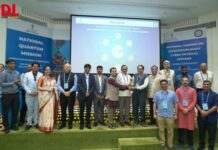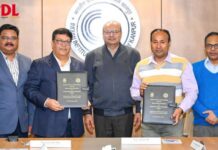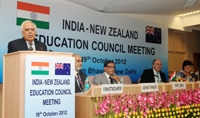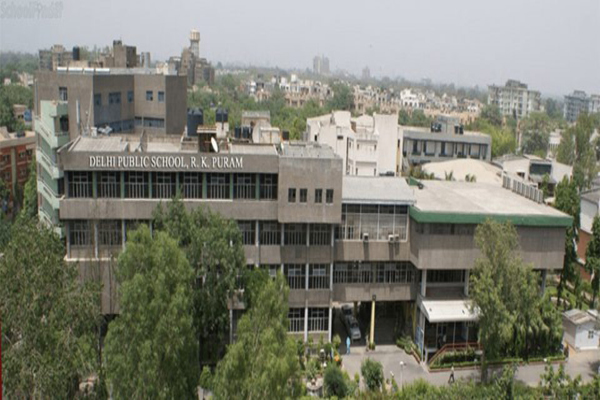The Indian School of Business (ISB) is hosting the ISB Digital Summit at its Hyderabad campus on November 9 and 10, 2012. Speakers at the summit include leading faculty from top global B-schools and experts from Indian technology industry. The summit is being organised by the Srini Raju Centre for IT and the Networked Economy (SRITNE) at the ISB in association with Jigserv, a digital marketing company founded by an ISB alumnus.
The conference will bring together academics, business leaders, marketers and digital media industry practitioners to discuss the new paradigms in digital marketing, and how it will impact businesses. Attendees can look forward to understanding the new trends in this domain and figure out effective ways of leveraging the digital medium for their businesses.
Some of the prominent speakers include: Ajit Balakrishnan, founder and CEO, Rediff.com Amit Mehra, ISB Anindya Ghose, Stern School of Business, New York University Arun Sundarajan, Stern School of Business, New York University Hari Krishnan, country manager, LinkedIn India Rajan Anandan, managing director, Google India Ravi Bapna, University of Minnesota Vijay Mookerjee, University of Texas at Dallas Vijayanta Gupta, director – industry strategy (EMEA),Adobe Systems UK Vikramaditya Sharma, director, Nielsen Online, India Virginia Sharma, vice president – marketing, IBM India/South Asia
The summit will discuss and debate current trends in digital media, recent innovations, new business models and find effective ways of leveraging the digital medium for both large and mid size companies across verticals.
Analytics in the new mobile economy; Measurement of social capital (trust) through “strength of ties” on social media; Advertising strategies for online retailers; Role of intermediaries in the digital media value chain; Integrated tools for digital marketing; Digital marketing measurement and metrics; Digital self – an understanding of the digital presence of consumers and how marketers can effectively align to the same for effective consumer engagement. Registrations are open for a limited number of participants on a first come serve basis.











 The Karnataka government is planning to introduceg yoga studies in schools from next edcuational year with a committee readying syllabi for Class I to X. The government formed three committees to frame yoga syllabi for lower primary, higher primary and high schools.
The Karnataka government is planning to introduceg yoga studies in schools from next edcuational year with a committee readying syllabi for Class I to X. The government formed three committees to frame yoga syllabi for lower primary, higher primary and high schools.























